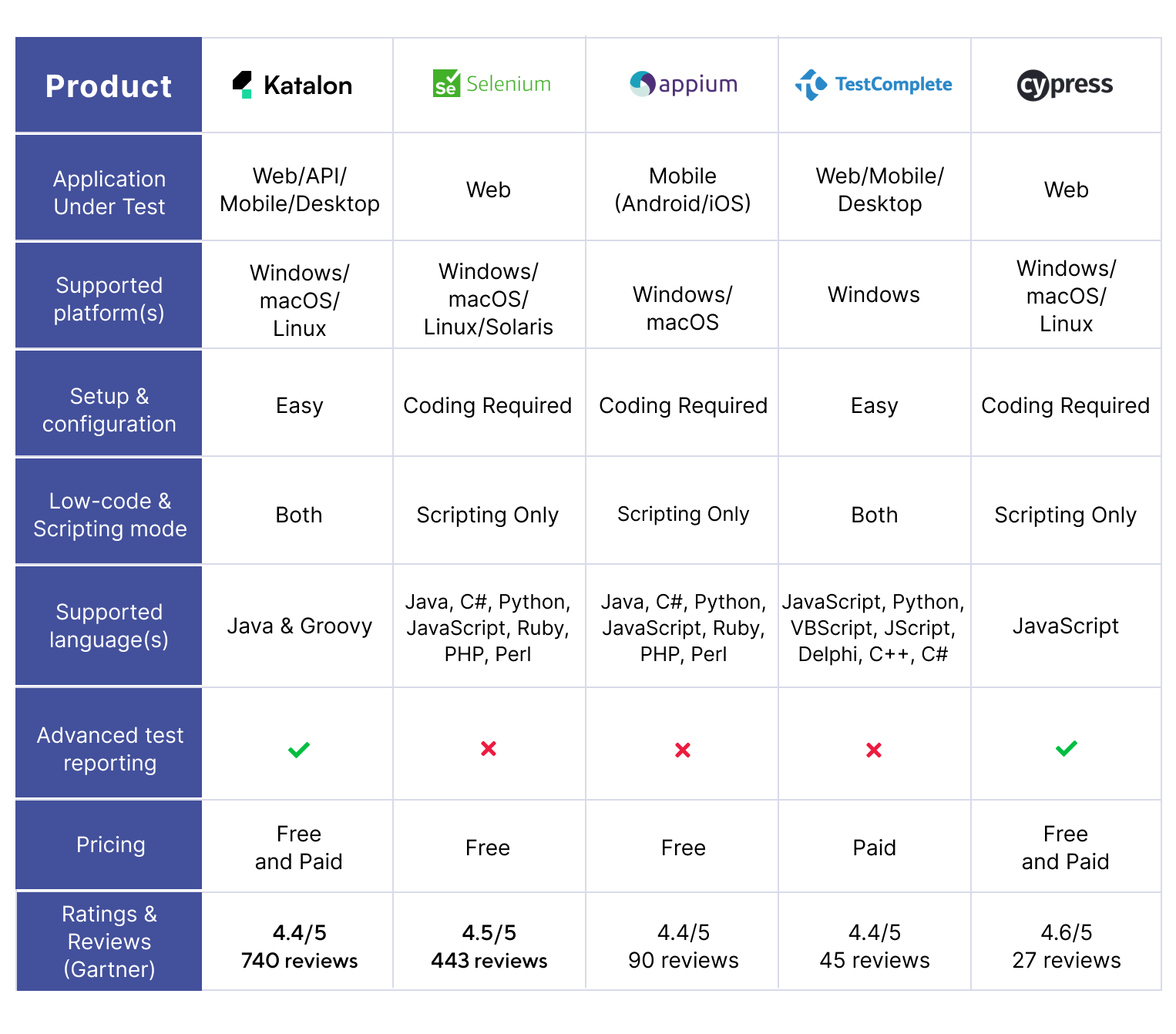Software testing plays a vital role in the Software Development Cycle, ensuring the quality and reliability of the final product. The testing process can be carried out manually, where a tester performs all the necessary steps, or it can be automated using specialised tools and frameworks. Before delving into the various types of automated tests and their execution, let’s first explore the different forms of tests available in software testing.
“In many ways, being a good tester is harder than being a good developer because testing requires not only a very good understanding of the development process and its products, but it also demands an ability to anticipate likely faults and errors”
John D. McGregor

Types of tests that can be performed before releasing a software
- Functional Testing : Functional testing focuses on verifying whether the software functions correctly and meets the specified requirements as mentioned by product owner or product manager.
- Usability Testing: This type of testing focuses on the user interface (UI), navigation, and overall user experience (UX). Essentially, this tests makes sure that software meets the organisation UI/UX criteria.
- Performance Testing: This type of testing evaluates the performance, responsiveness, scalability, and stability of an application under various workloads and conditions.
- Security Testing: Security testing aims to identify vulnerabilities and weaknesses in the software that could lead to unauthorised access, data breaches, or other security issues.
- Regression Testing: Regression testing is performed to verify that recent updates or bug fixes in the software haven’t introduced any new defects or caused regressions in existing functionalities.
- Compatibility Testing: Compatibility testing ensures that the software functions correctly across different platforms, browsers, devices, and operating systems.
- Acceptance Testing: Acceptance testing ensures that the software meets the requirements and is ready to be deployed. It involves testing the software in a real-life situation or by the people who will use it.
Types of automated tests
There are several popular automated testing methods used in the software industry. These methods leverage automation tools and frameworks to execute tests efficiently and effectively. Here are some of the popular automated testing methods:
- Unit Testing: Unit test is performed when we need to test a part of the software. Unit tests are written as part of automated testing when a story with a small functionality needs to be tested.
- Integration Testing: Integration testing focuses on testing the interactions and integration between different components of a software system. The components that are tested using ‘Unit Test’ are put together and tested using Integration Testing. Tools such as JUnit, TestNG, or PyTest are commonly used for integration testing.
- API Testing: API testing verifies the functionality, reliability, and security of application programming interfaces (APIs). Tools like Postman, SoapUI, and Rest Assured offer features for automating API testing by sending requests, validating responses, and asserting expected behaviour.
- Continuous Testing / Journey Testing: Journey testing involves integrating automated tests into the software development pipeline, enabling early detection of issues and ensuring that software changes do not break existing functionalities. This method often relies on test automation frameworks and tools compatible with continuous integration/continuous delivery (CI/CD) pipelines.
How to perform automated testing?
- Select tools: Choose an appropriate automation tool or framework based on your project requirements, technology stack, and the type of application you are testing. Popular automation tools/frameworks include Selenium, Appium, TestComplete, Robot Framework and Cypress.
- Write scripts: Develop automated test scripts using the chosen automation tool and programming language. Write test scripts that simulate user actions, interact with the application’s user interface, and validate expected outcomes. Consider factors like modularity, maintainability, and reusability when designing test scripts.
- Execute tests: Execute the automated test scripts against the application under test. Monitor the test execution and capture relevant test results, including any errors encountered during the process.
- Maintenance tests: As the application evolves, update and maintain the automated test scripts to keep them aligned with the current functionality. This includes updating scripts to handle changes in the user interface, accommodating new features, or modifying test data as required.
Popular automated testing tools
There are several tools available for automated testing of software. Here is a comparison developed by http://katalon.com.

By selecting a suitable automation tools and by writing effective test scripts, teams can achieve faster and more accurate testing results. Overall, by embracing software testing and leveraging automation, software development teams can drive quality, reduce bugs, and deliver robust and reliable software solutions to meet user expectations.
